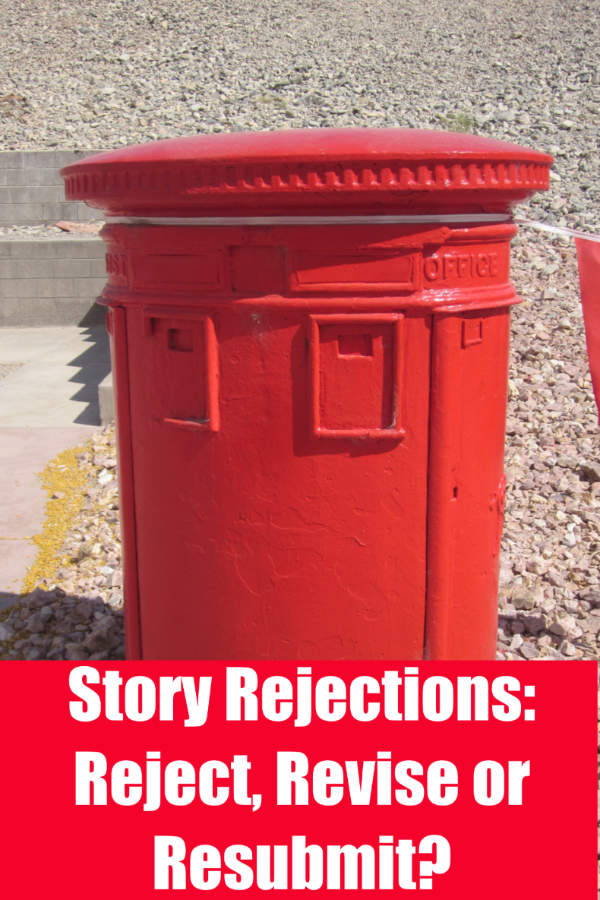Disappointing as rejection messages are, they are not uncommon in a writer’s inbox. (Never mind those rejections that never show up in the inbox, the submissions never responded to.) Rejections are part of a writer’s life.
Thanks for your submission. I’m afraid it’s not quite what we are looking for, but please feel free to submit again in the future.
Thanks for giving us the chance to consider your story for publication. Though it does not fit our current needs, we appreciate your interest in our magazine and your commitment to quality writing.
Thank you for allowing us to conisder your work. We regret we are unable to accept it at this time.
I’ve read several articles about writing and rejection. Most are motivational, encouraging the writer to keep going. They mention the famous writers who experienced countless rejections or the books which were rejected numerous times before being published and becoming best sellers. The underlying message is to keep writing, hone your craft, and keep submitting.
There are many reasons a manuscript is rejected, and the quality of the writing may not be the issue. The piece may not fit with current themes or content. Personal preferences may be invoved. The number of manuscripts publishers receive far exceeds the number they can accept and a variety of factors may be at play in how they make their choices.
These messages may help with the big picture motivation, but what do you do with the specific, most recent rejection in your inbox? Do you submit to other publications? Do you rework the story? Do you add it to the pile of abandoned works in your drawer?
A reread of the piece may be the first step. It may be months since your submission. The perspective of distance, along with things you’ve learned about writing in the meantime, may point out weaknesses that need to be tweaked or completely reworked.
Submitting the piece again, either with or without revisions, may require further research to find a more appropriate publication.
If you experience many rejections of the same piece you may become disheartened, even though you know this has happened to successful writers before you. In this case, you have a couple of options. One is to spend a lot of time with the piece and wrestle it into shape. Find information on what makes a great story and analyze your story in that context. Find what works and what doesn’t. Seek the advice of others. Use any critique groups you belong to. The other option is to spend no time with the piece and abandon it, either temporarily or permanently. Put it away for a while and direct your effort to new works. (Ideally you can glean a few lessons from the abandoned piece to carry into future writing). After a passage of time, look at the piece again. You may now see what needs to be done with it to make the story sing. You may get an idea for a new story. Or you may simply chalk it up to an important step in honing your writing.
Even though it may not always be clear what to do with a particular rejection, it is one more step along your writing path. Learn to trust your judgement and your voice. Keep working!
Many of life’s failures are people who did not realize how close they were to success when they gave up. ∼Thomas Edision
How do you handle the rejections?


I think I could wallpaper my bathroom with rejections! LOL And I too, like most writers, have read endless articles as to the why of such things. Really it all boils down to each individual’s stomach for such things. Because everyone gets rejections, AND not everyone will like your writing style, you will probably get a few negative reviews, etc. Thick skin…writer’s need one, eh?
Jacquie, agreed, but it’s not that easy to develop the thick skin, is it?